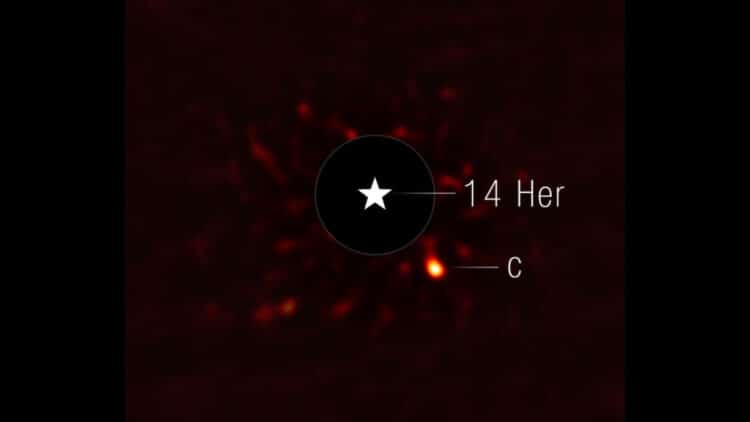The universe is already full of mysteries, but every now and then something comes along that even leaves scientists speechless. That’s exactly what NASA has just revealed: a planet that isn’t simply wearing down over time — it’s literally falling apart before our cosmic eyes. With every single orbit, it sheds mass equal to Mount Everest. And here’s the haunting question: is this just the destiny of worlds that wander too close to their stars? Or is there something deeper unraveling in the background of the universe?
A planet’s choice
Imagine a rocky planet dragged so close to its sun that survival is no longer an option. What was once a solid surface now turns into vapor, leaving behind a dusty trail of silicate minerals cooling in the void. Marc Hon, a postdoctoral fellow at MIT, tried to put the scale into words:
“The tail’s length is gigantic, extending up to 9 million kilometers — nearly half of the planet’s orbit.”
The discovery of the disintegration of planet BD+05 4868 Ab was made with the help of NASA’s TESS Space Telescope, marking a major advance in our study of distant worlds. This small, rocky planet orbits its star every 30.5 hours; that’s just a fraction of the time it takes Earth to complete an orbit around the Sun. And because it’s so close to its star, it’s literally being roasted alive, its surface boiling and evaporating under the intense heat.
A doomed world’s fate: fade slowly or collapse in a final breath?
It’s important to emphasize that this planet’s disintegration is occurring at an astonishing rate. Each time the planet completes an orbit, it loses an amount of material equivalent to the mass of Mount Everest. And while this phenomenon isn’t completely unprecedented, it’s never been observed at such an accelerated rate.
The planet’s small size and extreme proximity to its star make it especially vulnerable to this process of “irreversible disintegration,” in which mass loss further weakens its gravity, leading to even greater material loss. From this, scientists predict that, at this rate, BD+05 4868 Ab could continue to disintegrate for another one to two million years before disappearing completely. As Avi Shporer, a collaborator on the discovery who is also at the TESS Science Office, put it:
“We were lucky to catch him just as he was leaving. It is like he’s on his last breath.”
While this period may seem long in the cosmic context, it’s a fraction of the time compared to the lifetimes of planets, and an extremely short duration for a planet to disintegrate in this way. This fact reminds us of another rare cosmic event outside a galaxy’s core that is glowing and dying.
When planets unravel: lessons hidden in a dying orbit
So, what exactly is this planet? Well, even with its imminent destruction, BD+05 4868 Ab offers astronomers a unique opportunity to study the life cycle of planets and the forces that shape them. The unusual shape of its transit, how the star’s light dims and fluctuates over time, led to its classification as a “disintegrating exoplanet.” Unlike other planets, which pass in front of their stars regularly, this planet exhibits an irregular dimming each time it completes its orbit.
This effect is caused by the irregular tail formed as the planet loses minerals from its surface. The discoveries of BD+05 4868 Ab could help us understand the fate of other small planets orbiting nearby stars and what awaits them as they approach their point of no return. As did the discovery of this giant, which defies all the rules of planet formation.


